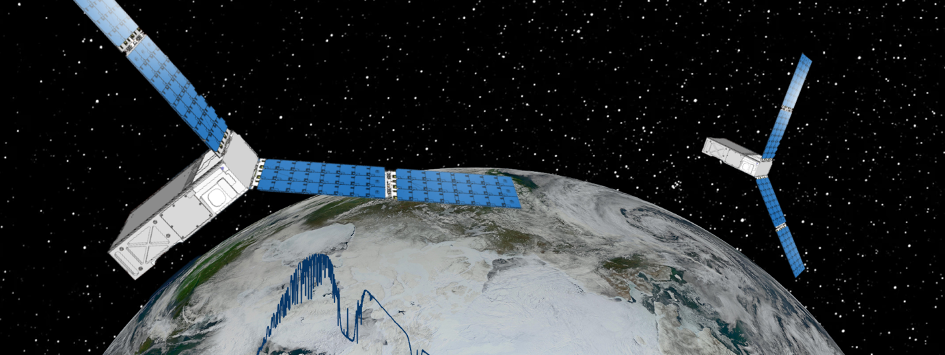While models and observations unequivocally confirm that the climate is warming in response to increasing greenhouse gas concentrations, future projections of the associated impacts, including Arctic warming and the resultant ice sheet melt and sea level rise, remain uncertain. This can be attributed, in part, to a significant gap in current Earth observations. While more than a century has passed since Planck won the Nobel Prize in Physics, it may come as a surprise that we have yet to fully characterize our planet’s emission spectrum. Despite representing more than half of Earth’s emission, wavelengths longer than 15 microns, termed the far infrared, have not been globally measured. NASA’s Polar Radiant Energy in the Far Infrared Experiment, or PREFIRE, mission aims to fill this observing gap by using two CubeSats to map 95% of the energetically-relevant portion of Earth’s emission spectrum, providing an unprecedented view of the planet’s effective emitting temperature at each wavelength. But the Thermal InfraRed Spectrometers (TIRS) aboard the PREFIRE CubeSats are much more than just expensive thermometers. The nearly complete emission spectra they will gather carry the signatures of the atmospheric and surface processes and feedbacks central to polar climate change. Estimates of spectral surface emissivity, water vapor, cloud properties, and the atmospheric greenhouse effect derived from these measurements offer the potential to advance models of thermal fluxes in the cold, dry conditions characteristic of the polar regions and upper atmosphere.
Taking Earth’s Temperature
Host: Paul Kushner


